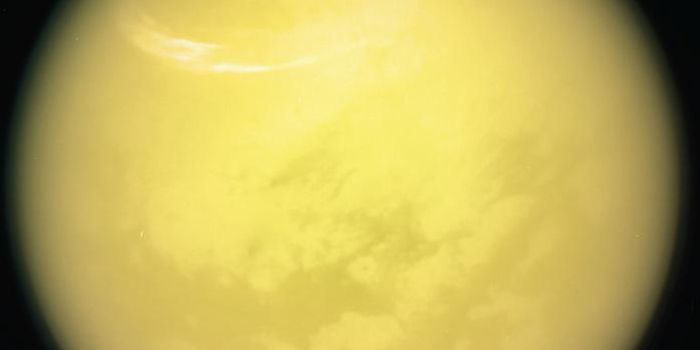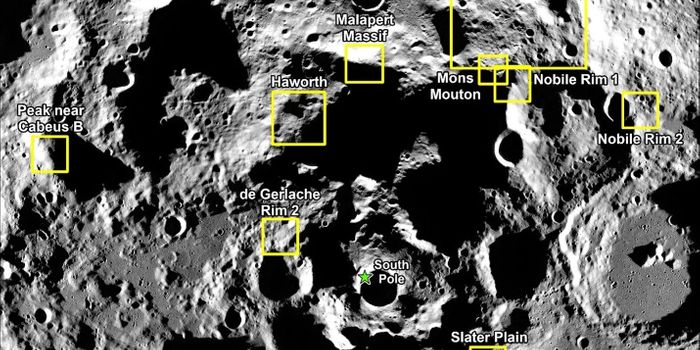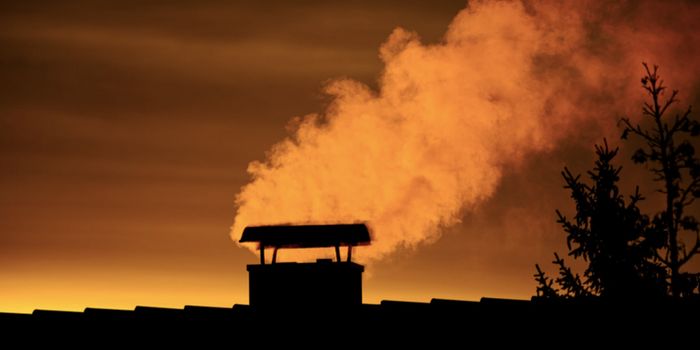Nuclear Reactor, Constructed by Nature
Uranium-235, making up about 0.72% of natural uranium on Earth, is a fissile radioisotope that can fuel a nuclear chain reaction.
Back in 1972, staffs who were working at a uranium enrichment facility in France discovered something rather unusual: ore samples came from a mine in Gabon, a coastal country in central Africa, had a U-235 concentration that is significantly lower than 0.72%.
Unless someone had been systematically removing U-235 from the mine without disturbing the geological makeup (which was impossible), there was only one explanation behind the anomaly: the original U-235 abundance in the mine was so high that the ores kickstarted a self-sustaining nuclear chain reaction that lasted for about 2 billion years. The abundance of certain isotopes of neodymium and ruthenium, which are the fission products of U-235 found in nuclear reactors, also supported this conclusion.
Source: Seeker via Youtube








